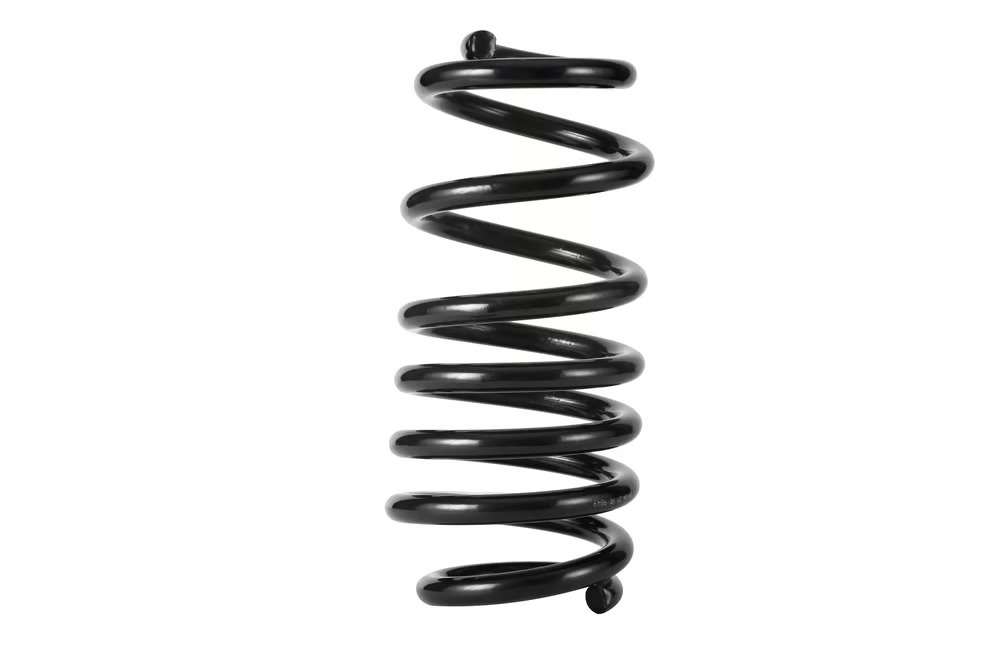Introduction
Heavy duty suspension springs play a crucial role in the smooth functioning and safety of vehicles, especially those used for heavy-duty applications. These springs are designed to withstand the weight and pressure of heavy loads, ensuring optimal performance and stability. In this article, we will explore the various aspects of heavy duty suspension springs, from their construction and types to their benefits and maintenance. Whether you are a car enthusiast or a professional in the automotive industry, this guide will provide you with valuable information about heavy duty suspension springs.
Understanding Heavy Duty Suspension Springs
Heavy duty suspension springs are components of a vehicle's suspension system that help support the weight of the vehicle and absorb shocks and vibrations from the road. They are typically made of durable materials such as steel or composite materials, which are designed to withstand heavy loads and high levels of stress. These springs are commonly used in trucks, SUVs, and other vehicles that are designed to carry heavy loads or operate in challenging terrains.
The Different Types of Heavy Duty Suspension Springs
There are various types of heavy duty suspension springs available in the market, each designed for specific applications and vehicle types. Some common types include leaf springs, coil springs, and air springs.
1. Leaf Springs
Leaf springs are one of the oldest and most commonly used types of suspension springs in heavy-duty vehicles. They consist of multiple layers of curved metal strips, known as leaves, that are held together by clamps or bolts. Leaf springs provide excellent load-carrying capacity and are highly durable, making them ideal for off-road and heavy-duty applications.
2. Coil Springs
Coil springs, also known as helical springs, are cylindrical-shaped springs made of steel wire. They are widely used in various types of vehicles, including trucks and SUVs. Coil springs offer a smoother ride and better handling compared to leaf springs. They can be found in both front and rear suspension systems, providing excellent stability and support.
3. Air Springs
Air springs, also referred to as airbags, are inflatable rubber or polyurethane bags that replace traditional metal springs. These springs use compressed air to support the weight of the vehicle and provide a comfortable ride. Air springs are commonly used in heavy-duty trucks and buses, as they offer adjustable suspension stiffness and improved load-carrying capacity.
The Benefits of Heavy Duty Suspension Springs
Heavy duty suspension springs offer several benefits that contribute to the overall performance and safety of a vehicle. Let's take a closer look at some of these benefits:
1. Enhanced Load Capacity
One of the primary advantages of heavy duty suspension springs is their ability to handle heavy loads. These springs are designed to support the weight of heavy cargo, making them essential for commercial trucks and vehicles used in industries such as construction and logistics.
2. Improved Stability and Control
Heavy duty suspension springs provide improved stability and control, especially when driving on uneven or rough terrains. They help distribute the weight of the vehicle evenly, reducing body roll and enhancing overall handling and maneuverability.
3. Increased Durability
Heavy duty suspension springs are built to withstand the rigors of heavy-duty applications. Their robust construction and high-quality materials make them resistant to wear, corrosion, and fatigue, ensuring long-lasting performance even under extreme conditions.
4. Enhanced Off-Road Capability
For off-road enthusiasts and professionals, heavy duty suspension springs are essential components. These springs provide the necessary support and shock absorption needed to navigate challenging terrains, allowing drivers to tackle obstacles with confidence.
Maintenance and Care for Heavy Duty Suspension Springs
Proper maintenance and care are vital to ensure the longevity and optimal performance of heavy duty suspension springs. Here are some essential tips to keep in mind:
1. Regular Inspection
Regularly inspect your suspension springs for signs of damage, such as cracks, rust, or sagging. If you notice any issues, it is crucial to address them promptly to prevent further damage or safety hazards.
2. Lubrication
Apply lubrication to the suspension springs as recommended by the manufacturer. This helps reduce friction and wear, ensuring smooth operation and extending the lifespan of the springs.
3. Balanced Loading
Avoid overloading your vehicle beyond its recommended capacity. Excessive weight can put excessive strain on the suspension springs, leading to premature wear and potential failure.
4. Professional Maintenance
For complex maintenance tasks such as spring replacement or repair, it is advisable to seek professional assistance. Trained technicians have the expertise and tools to handle heavy duty suspension springs safely and effectively.
Conclusion
Heavy duty suspension springs are essential components that provide stability, load capacity, and improved performance for heavy-duty vehicles. Understanding the different types of suspension springs and their benefits can help you make informed decisions when it comes to selecting and maintaining these crucial components. By following proper maintenance practices, you can ensure the longevity and optimal performance of your heavy duty suspension springs, allowing you to enjoy a safe and comfortable ride in your vehicle, even under challenging conditions.

